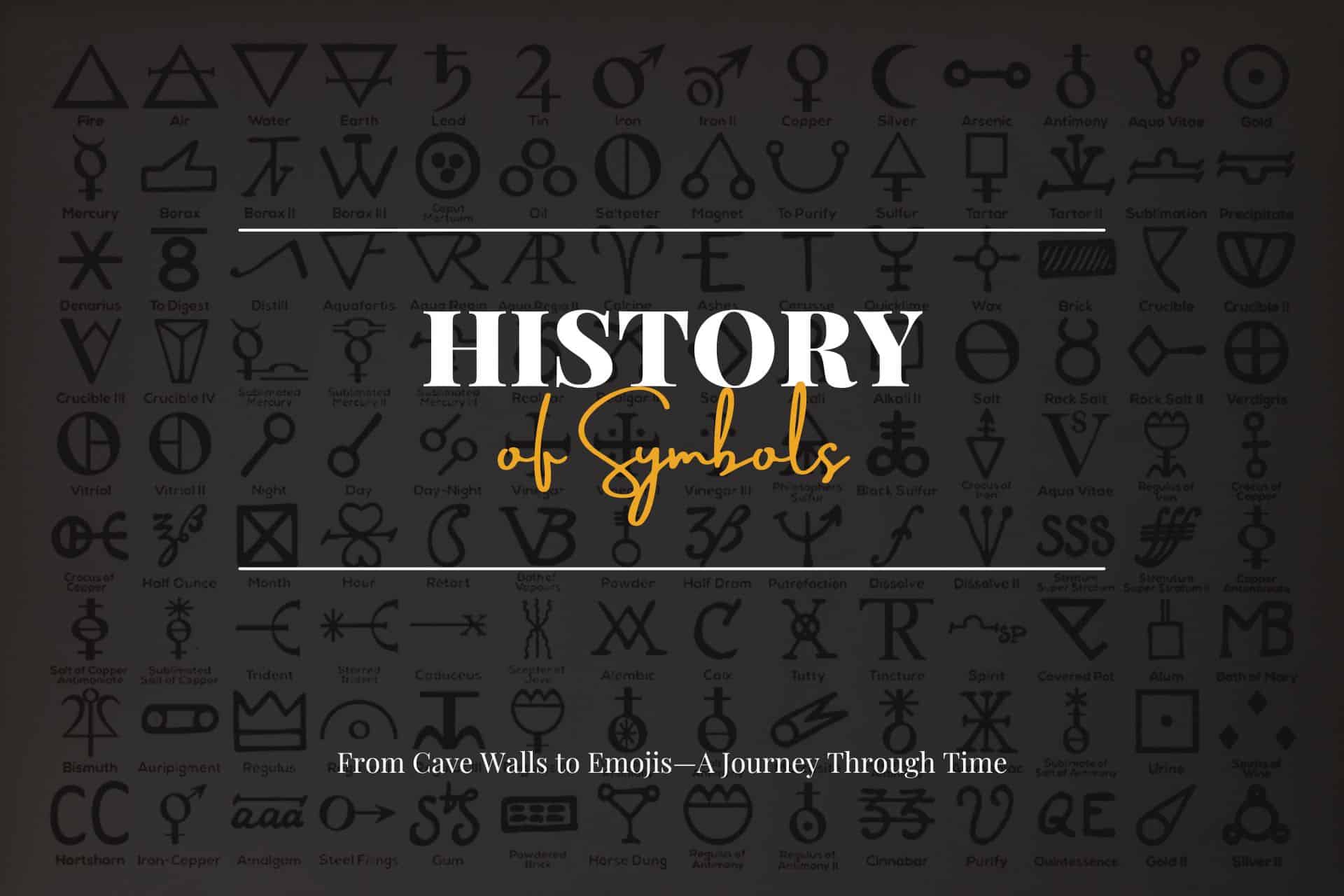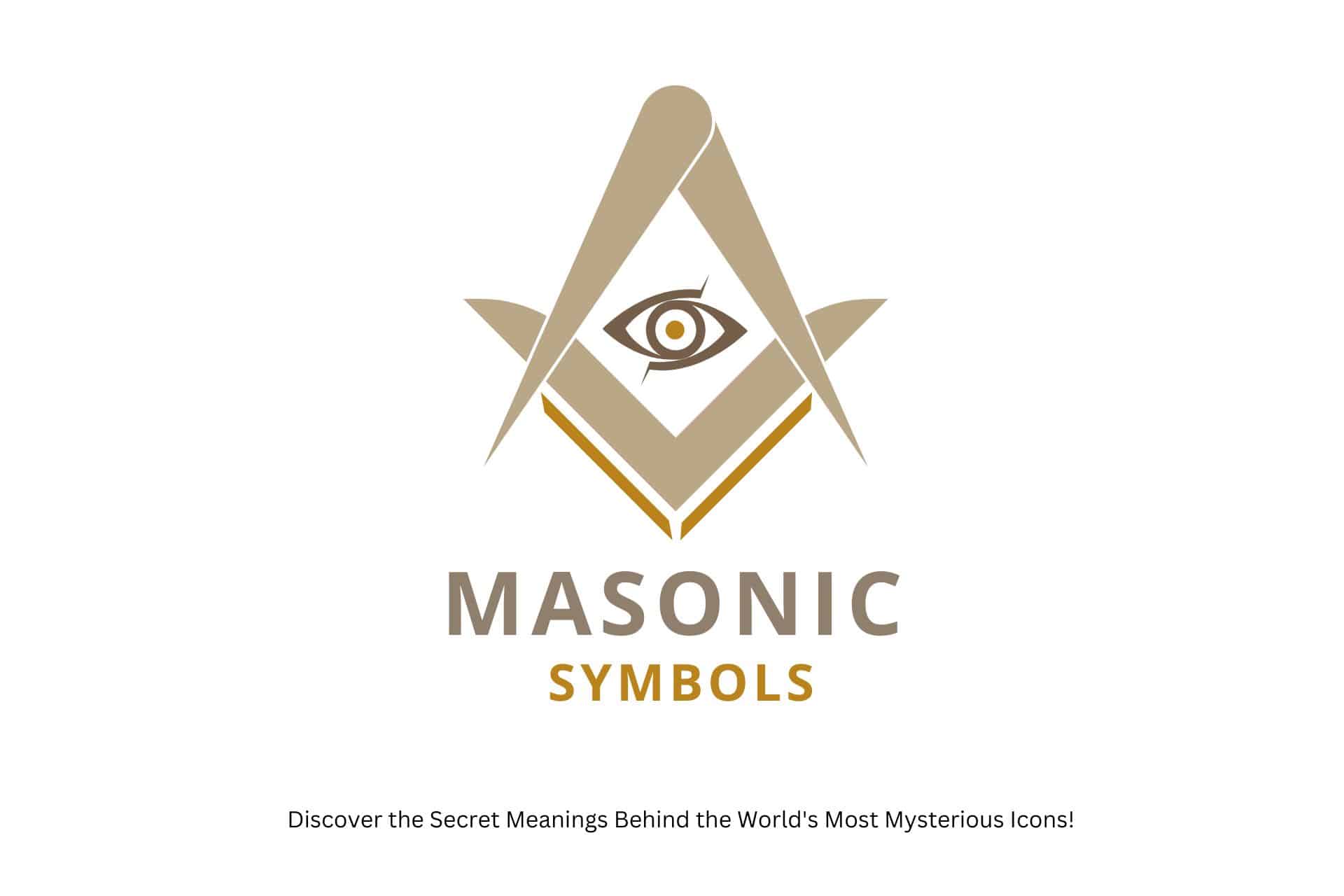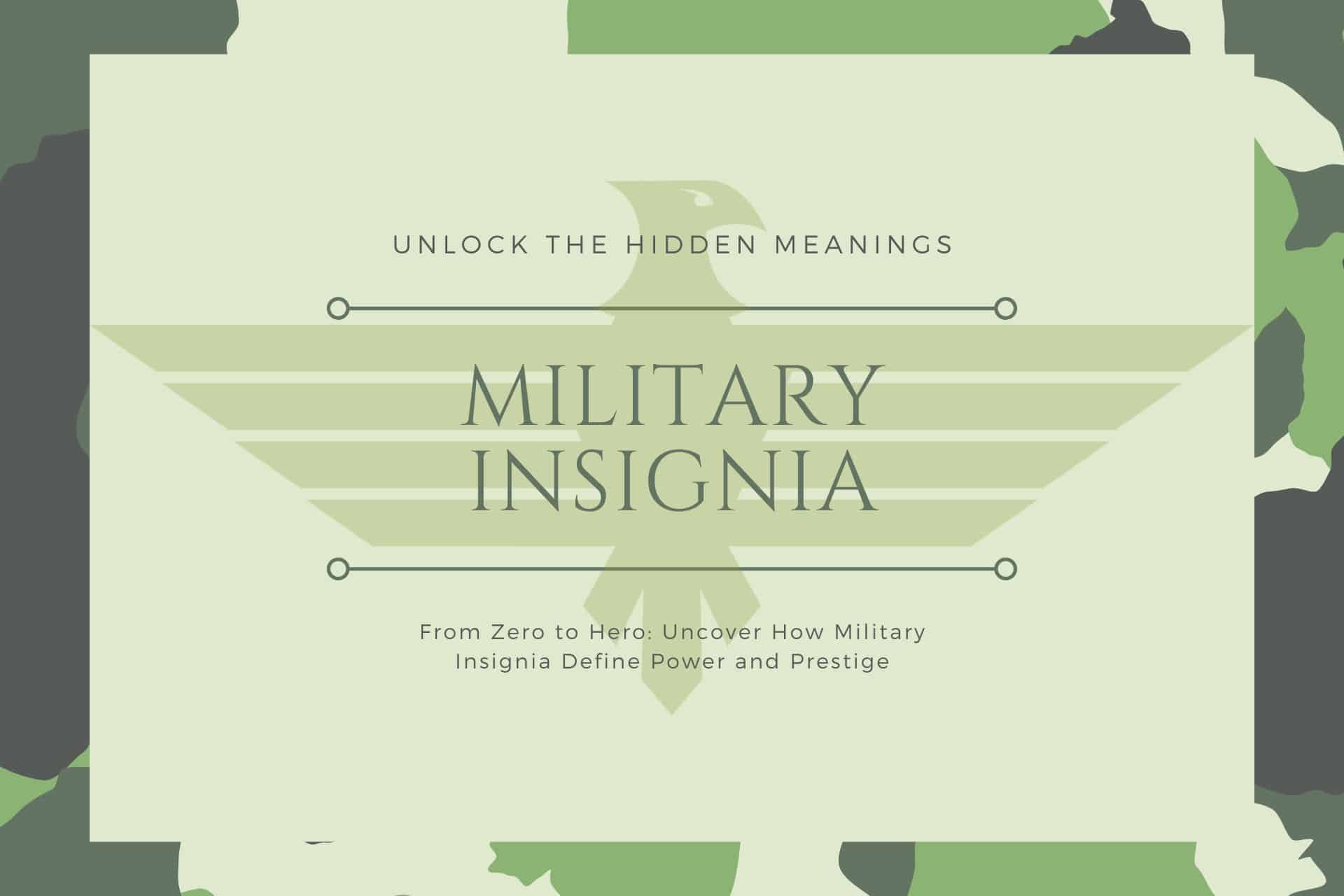The Hidden Truth Behind the Digits You Thought You Knew!
Are you fascinated by the secret life of numerals, those small but mighty symbols that shape our world?
Have you ever wondered how simple strokes can hold the key to mathematics, history, and culture?
This article is your gateway to understanding the rich tapestry of numerals. From the dawn of civilization to the digital age, we’ll trace their journey and impact on our daily lives.
You’ll discover facts and the stories behind the digits that dance across screens and pages, silently governing our modern existence. So, stay tuned—because every number has a tale to tell.
Continue reading to unlock the mysteries of numerals.
Let’s get started!
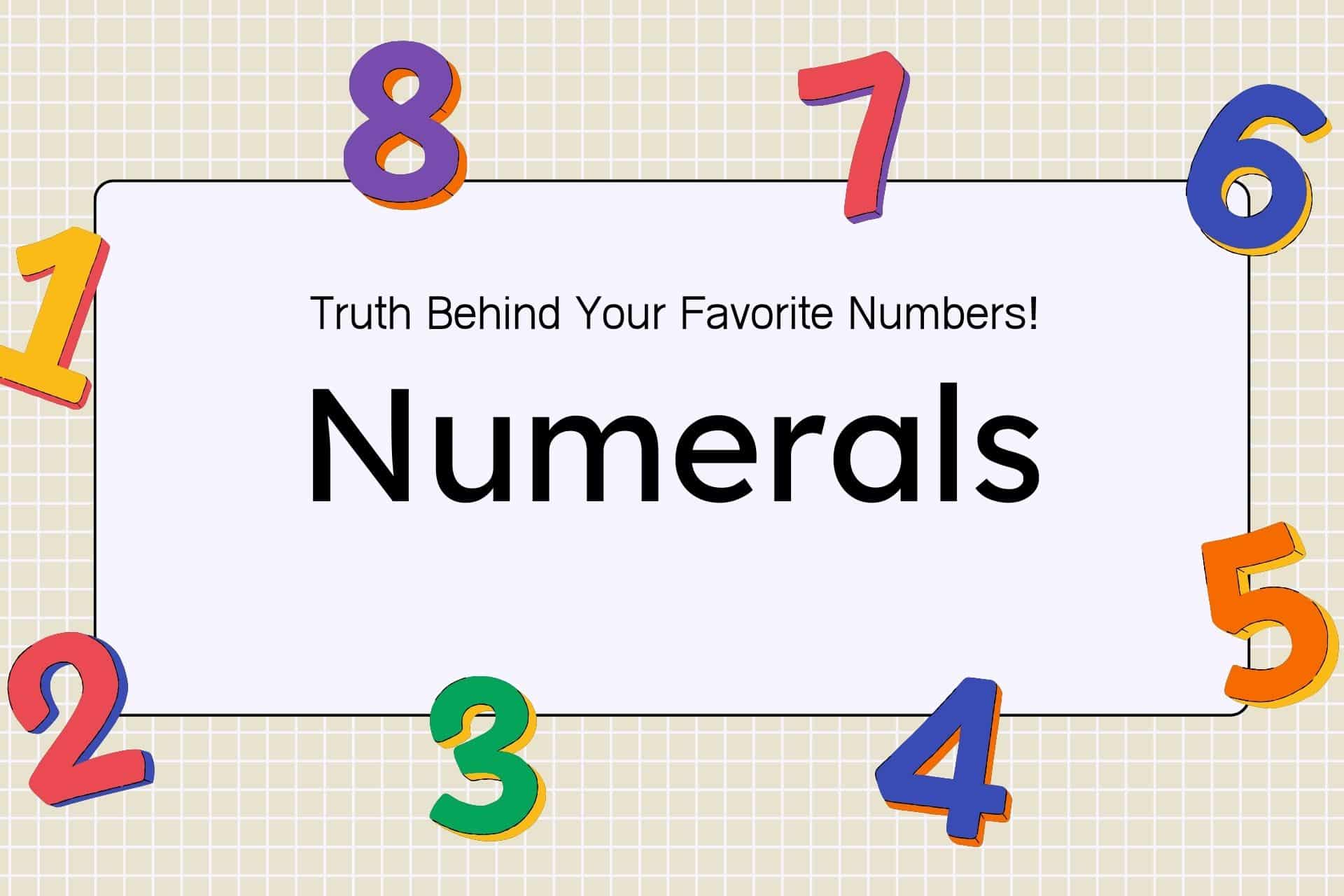
Here’s What You Will Find

Key Takeaways
Numerals
Symbols of Civilization: Numerals are not just mathematical entities but cultural artifacts, tracing back to ancient societies and charting the evolution of human communication and commerce.
A Numeric Tapestry: The fascinating diversity of numeral systems reflects the creativity of civilizations—from the Sumerians to the Silicon Valley—and illustrates the universal human endeavor to order our environment.
Cultural Counting: Each numeral system offers insight into the society that developed it, revealing a narrative steeped in the values, needs, and intellect of its people throughout history.
The Power of Numbers: Numerals are a testament to our shared history, a key to modern technology, and a portal to understanding the universe’s complexities, proving that numbers do much more than count—they tell our collective story.
What Are Numerals?
A numeral is a symbol or group of symbols used to represent a number. Unlike numbers, which are abstract concepts that define quantity or order, numerals are the tangible expressions of these concepts. They are the characters we write on a page or type on a screen, the notches we might carve into a piece of wood, or even the hand signals we use to convey a certain quantity without words.
Numerals can vary widely in form and complexity, from the single strokes of Roman numerals to the intricate combinations of lines and loops in Arabic numerals.
They are a fundamental aspect of written language, enabling us to record and communicate quantities consistently and standardized. This simple yet profound function makes numerals an indispensable tool across all cultures and an essential component of mathematics, science, and daily life.
Did You Know?
A numeral is a symbol or group of symbols that represents a number.
The fascinating aspect of numerals is their variety. From the Arabic numerals (0, 1, 2, 3…) that dominate global commerce to the elegance of Roman numerals (I, II, III, IV…), each system offers a unique lens through which to view the concept of quantity.
Beyond these familiar faces, there’s a rich tapestry of numeral systems, each with its own story and application. These symbols are more than mere markers of value; they are the building blocks of mathematics, science, and communication, integral to ancient rituals and the algorithms that drive our modern world.
Decoding Different Numeral Systems
Types of Numerals
In the intricate tapestry of human civilization and mathematics, numerals emerge as the keystones that enable us to measure, calculate, and convey intricate concepts with clarity and precision.
The development of numeral systems across various cultures provides a compelling insight into humanity’s innovative approaches to the fundamental task of counting and documentation. From primitive markings on ancient artifacts to the digital sequences that drive contemporary technology, the diversity of these systems showcases the creativity and adaptability of human intellect.
Here we offer a detailed exploration of different numeral systems developed throughout history, highlighting their distinct features, origins, and their impact on mathematics, commerce, and everyday life worldwide.
As we navigate through these numeral systems, we reveal not only their mathematical significance but also the cultural stories interwoven with the act of enumeration. We invite you to explore the graphic below for a comprehensive overview of the types of numerals and their fascinating journeys through time and culture.

Let’s examine various numeral systems more closely. Each is a cog in the grand machinery of mathematics and communication.
Arabic Numerals
The Universal Language of Numbers
The most widely used numeral system globally, Arabic numerals, consists of ten simple yet powerful digits (0 through 9). This system is the bedrock of international finance, global trade, and the universal language of mathematics. Arabic numerals, whether a coffee’s price or rocket trajectories’ calculation, are omnipresent.
Roman Numerals
Echoes of an Empire
Despite their name, Roman numerals took their form long after the Roman Empire. They are a numeral system originating from ancient Rome, using combinations of letters from the Latin alphabet like I, V, X, L, C, D, and M. While not practical for arithmetic, they retain ceremonial and decorative uses, such as on clock faces to mark special events or in the titles of monarchs and popes.
Chinese Numerals
A Dual-System Harmony
Two sets of numerals are used harmoniously in China and other Chinese-speaking areas: traditional Chinese characters and Arabic-Chinese numerals. The conventional set is often used in formal or literary contexts. In contrast, Arabic-Chinese numerals are used daily, seamlessly integrating historical tradition and modern practicality.
Hindu-Arabic Numerals
A Mathematical Revolution
Hindu-Arabic numerals originated in ancient India. Adopted by the Arab world and later spread to Europe, they revolutionized mathematics by introducing the concept of zero as a numeral and creating the basis for the modern decimal system, which dominates numerical computation today.
Babylonian Numerals
A Sexagesimal Legacy
Based on a sexagesimal (base-60) system, Babylonian numerals are a historical gem from the fertile crescent of Mesopotamia. Their most enduring legacy is felt in how we tell time—60 seconds in a minute, 60 minutes in an hour—and measure angles.
Greek Numerals
An Alphabetic Legacy
The Greek numeral system, or Ionic or Ionian numerals, assigns numeric values to Greek alphabet letters. This system reflects the ancient Greeks’ intellectual spirit, intertwining language, and mathematics to influence subsequent numeral systems.
Egyptian Numerals
Hieroglyphs of Quantity
The ancient Egyptians represented numbers through hieroglyphs, an artistic and functional system. Each numeral had its distinct symbol, making it easily recognizable but cumbersome for complex arithmetic operations.
Mayan Numerals
Advanced Calculation Pre-Columbus
The Mayans, known for their astronomical and mathematical prowess, used a vigesimal (base-20) numeral system that included the concept of zero, an innovation not present in many ancient counting systems.
Hebrew Numerals
Linguistic Numerical Duality
In Hebrew, the letters of the alphabet double as numerals in a system that holds both mathematical and mystical significance, especially in the context of Jewish tradition and the study of Kabbalah.
Japanese Numerals
A Blended Numerical Tapestry
Japan uses a combination of native Japanese number words and Sino-Japanese numerals, which are derived from Chinese characters. This dual system, used for different purposes, reflects the layers of linguistic and cultural influence that Japan has embraced.
Binary Numerals
The Digital Foundation
The binary numeral system is the simplest, using just two digits, 0 and 1, to perform complex calculations in digital computers. It’s a testament to the power of simplicity, enabling all modern computing.
Hexadecimal Numerals
The Digital Color Palette
Hexadecimal numerals, which go from 0 to 9 and then from A to F, are widely used in computing, especially in web design and programming. This system elegantly represents large binary numbers. It has become the standard for defining colors in HTML and CSS.
Octal Numerals
A Computer’s Past Language
Less commonly used today, octal numerals range from 0 to 7 and were once prevalent in computer science because of their straightforward relationship with binary numbers. This relationship made them useful in the early days of digital computing.
Quinary Numerals
A Handful of Digits
Quinary, a base-5 numeral system, has been utilized in indigenous cultures. It could arguably stem from the most natural human impulse to count: using our own five fingers.
Senary (Base-6) Numerals
Counting on Tradition
Senary numerals, used by certain indigenous groups and in some theoretical mathematics, offer an interesting departure from the more common base systems. They illustrate the diversity of numerical thought.
Vigesimal Numerals
Counting with Twenties
A base-20 system historically used by various cultures, including the Maya and Celts, reflects a counting methodology that could be based on both fingers and toes.
Fractional Notation
Dividing with Dignity
Symbols used to represent fractions, such as ½ or ¾, convey precise quantities less than one, crucial for tasks ranging from cooking to science and economics.
Scientific Notation
Comprehending Cosmos and Atoms
Scientific notation is a powerful way to express large or small numbers, such as Avogadro’s number (6.02 x 10²³). It enables scientists and mathematicians to work efficiently with the universe’s enormity and minuteness.
Ordinal Numerals
Organizing the World
Ordinal numerals, such as 1st, 2nd, and 3rd, bring order to our world by denoting position and sequence. This is crucial in everything from sports competitions to book chapters.
Decimal Points and Commas
A Fraction of Difference
The decimal point and comma serve as a delimiter to denote decimal fractions in numbers, with usage varying between countries—a small dot or line that bridges cultures by marking the small yet significant differences in value.
In this grand numeric tapestry, each system of numerals tells a story of human innovation and adaptation, illustrating our unending quest to quantify, understand, and express the complexities of our world.
A Glimpse at Numerals Through Examples
Let’s explore numeral systems’ diverse landscapes, using tangible examples to highlight their role in our daily experiences and historical heritage.
- Arabic Numerals: The everyday norm, from the $3.50 price tag on your morning latte to the ‘2024’ year printed on your planner.
- Roman Numerals: Adding regal flair to the ‘XXI’ century or adorning the face of a clock, marking ‘IV’ instead of ‘IIII’.
- Chinese Numerals: Admire them on the vibrant red banners during the Spring Festival, showcasing ‘福’ to represent blessings and prosperity.
- Hindu-Arabic Numerals: You can encounter their ancient form in a mathematics history text, tracing our current ‘5’ or ‘7’ roots.
- Babylonian Numerals: Discover them as wedged inscriptions on clay tablets displayed in a museum, representing an ancient merchant’s account.
- Greek Numerals: Spot them in a historical text or a modern fraternity house, such as ‘ΔΙΚ’ inscribed above the entrance.
- Egyptian Numerals: Encounter them in hieroglyphic form, such as ‘𓏺𓍢𓈖’ depicting numbers in an ancient papyrus.
- Mayan Numerals: It is fascinating to see, perhaps on a stela at a museum, where ‘𝍧’ signifies the number 17.
- Hebrew Numerals: Present in cultural contexts, like the year ‘התשפ”א’ (5781) on a Jewish calendar.
- Japanese Numerals: In use today, you might find ‘五’ (5) on a sumo wrestler’s ranking list or ‘十’ (10) on a traditional Nengajō New Year’s card.
- Binary Numerals: These are the unseen powerhouse of technology. A string like ‘101101’ could be part of the code running your favorite app.
- Hexadecimal Numerals: The colorful language of computers, with ‘#FF0000’ painting your screen red.
- Octal Numerals: Less common, but if you’re into computing history, you might come across an old system where ’71’ in octal meant ’57’ in decimal.
- Quinary Numerals: An anthropological curiosity, but you might find ‘⠒’ in a study of indigenous numerical recording.
- Senary (Base-6) Numerals: Rare in everyday life but might be featured in a mathematical puzzle as ’52’ representing thirty-two.
The Art and Science of Numerology
Numerology offers an intriguing intersection between the mystical and the mathematical. This ancient practice seeks to divine meaning and guidance through numbers. Proponents study the numerical value of names, birth dates, and other significant life details, believing these numbers can reveal personality traits, life paths, and future events.

While skeptics may dismiss numerology as superstition, it underscores the deep human desire to find patterns and meaning in life’s randomness.
Whether or not one believes in numerology’s predictive power, its popularity highlights the enduring fascination with numbers and their perceived influence on the human experience.
History: The Tapestry of Numerals Through Time
Exploring the history of numerals is like unwrapping the riddles of time itself. Our story unfurls in the sunbaked clay tablets of ancient Mesopotamia around 3400 BC, where the first known numeral system etched its form in cuneiform script. Mesopotamians started this narrative but were far from the last to contribute.
Like a baton in the relay race of civilization, the concept of numerals was passed and adapted through the epochs, from the banks of the Tigris and Euphrates to the entirety of the ancient world.
Imagine the scribes of Egypt, with their complex hieroglyphs that stood for one, ten, a hundred, a thousand, and so on, simplifying the task of quantifying grain or the height of the Nile’s nurturing floods.
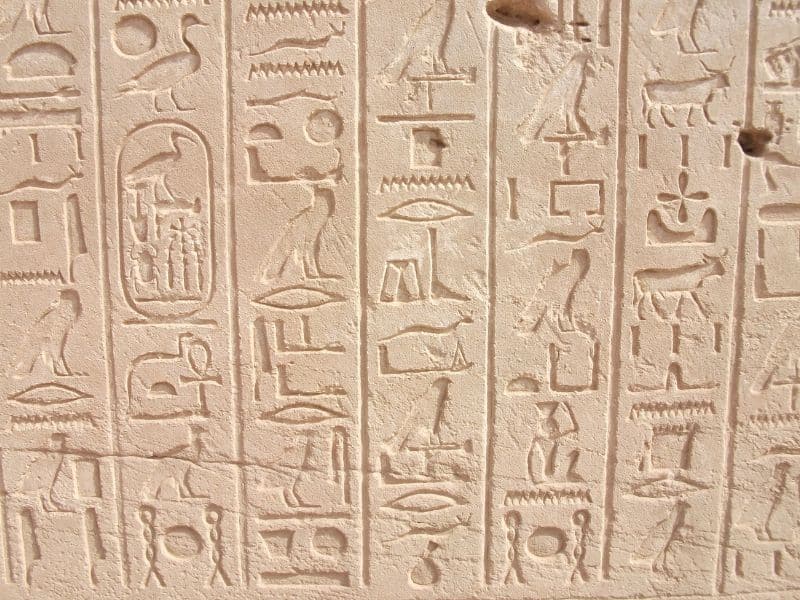
Contemplate the lines and dots of the Mayan numerals, which had the foresight to include the concept of zero—a notion so simple yet so profound that its absence hamstrung Roman numerals despite their architects’ engineering prowess.
This journey through time shows numerals not just as tools of commerce or calculation but as markers of human progress. Each numeral system reflects a civilization’s character, whether it be the ambitious constructions of the Romans or the celestial contemplations of the Babylonians with their base-60 system, which still influences how we conceive time and space today.
Origin
If history is the story of numerals, their origin is their DNA. This reveals the diversity of numerical thought born from necessity and ingenuity. The origin stories of numeral systems are as varied as the civilizations, each spurred by unique needs.
Trade necessitated the quantification of goods, astronomy, the measurement of time and celestial bodies, and the construction of precise accounting of materials and dimensions.
In the fertile crescent of the ancient world, counting was essential for managing agriculture, leading to the creation of tokens and later script to keep tallies.
The Egyptians’ need for architectural precision gave rise to their numerals as immortal as the pyramids. With their Ionic or Ionian numerals, the Greeks infused alphabetic literacy with mathematics, setting the stage for a legacy that would influence scholars and mathematicians for millennia.
From these origins, numerals spread like the branches of a vast tree, each limb reaching into a different part of the human experience, each leaf a symbol for another concept or quantity.
Some branches, like the Hindu-Arabic numerals, grew wide and enveloped the world, changing how we count, calculate, and conceive numbers. Others, like the Incas’ quipu knot system, remain more enigmatic, specific to the culture that created them.
The origin of numerals is a testament to humanity’s adaptive intellect. It is our shared legacy written in the universal language of mathematics. It is a story of collective and continuous innovation that begins not with a number but with the need to understand our world and our place within it.
The Meaning of Numerals in Culture and Religion
Numerals transcend the world of mathematics to hold significant cultural and religious meanings across various societies. In many cultures, numbers are imbued with superstitions and symbolic interpretations. For example, the number 13 is often regarded with suspicion and linked to bad luck in Western societies.
Conversely, in many East Asian cultures, the number 4 is feared for its phonetic resemblance to the word for “death.” In contrast, the number 8 is embraced for its association with prosperity and fortune.
Religious texts and practices also weave numerals into the fabric of spiritual life.
For instance, the number 7 is revered in Christianity, symbolizing perfection and completion, echoed in the seven days of creation. In Islam, the number 99 represents Allah’s numerous attributes. Hinduism reveres the number 108 for its spiritual significance, often reflected in Malas (prayer beads) used for meditation.
These examples underscore how numerals and numbers permeate human culture, offering insights into communities’ values, fears, and aspirations.
Numerals in Technology
Encoding the Digital World
In the digital age, numerals form the backbone of technology and communication. The binary system, a symphony of 0s and 1s, is the foundational language of computers and digital devices. This numeral system enables the encoding, storage, and processing of vast amounts of information, from the simple text of emails to the complex algorithms that power artificial intelligence.
Beyond binary, numerals are critical in programming, networking, and hardware design. They allow for the precise expression of software logic and efficient digital data organization. Using numerals in IP addresses and binary coding is a testament to their indispensable role in the seamless operation of the Internet and the interconnected world.
Making Everyday Life Count
Numerals in Daily Use
Numericals are so pervasive daily that it’s easy to overlook their importance. From setting alarms and scheduling appointments to budgeting and measuring ingredients for a recipe, numerals help organize the chaos of daily existence. They are at the heart of every transaction, whether checking a bank account or shopping online, providing a universal language for trade and economics.
Moreover, numerals are crucial in the sciences, allowing for precise measurement and analysis of phenomena. In medicine, they help diagnose patients, calculate dosages, and interpret statistical health data. In engineering and architecture, numerals ensure the accuracy and safety of constructions and technologies.
Numerals in Popular Culture
Numerals often take center stage in popular culture, embodying themes, mysteries, and symbolism. Think of iconic titles like “1984” by George Orwell or “Catch-22” by Joseph Heller, where numbers encapsulate the essence of the narrative. In music, The Rolling Stones’ “19th Nervous Breakdown” and Paul Hardcastle’s “19” serve as auditory landmarks of cultural moments.
Films, too, leverage numbers for their symbolic value, as seen in “The Number 23,” where the protagonist becomes obsessed with a number that seems to permeate every aspect of his life. Such examples illustrate how numerals can evoke curiosity, fear, and fascination, enriching storytelling across mediums.
Why Do Numerals Matter?
The journey through the world of numerals reveals their integral role in shaping human civilization. From ancient carvings to digital screens, numerals enable us to quantify, communicate, and understand the universe. They are tools of trade, pillars of science, and symbols of culture, reflecting the diversity and ingenuity of societies throughout history.
As we continue to explore and innovate, numerals’ stories will evolve, yet their significance will remain unchanged. They testify to humanity’s relentless quest for knowledge, order, and meaning in an infinitely complex world.
FAQs about Numerals
Why are Arabic numerals so widely used today?
Arabic numerals offer a highly efficient and straightforward system for representing numbers, facilitating their adoption across diverse cultures and fields.
Can numerals affect our behavior or decisions?
Yes, certain numerals can influence decisions and behavior through cultural beliefs and superstitions, such as building floors numbered without the number 4 in East Asia.
Are there numeral systems that don’t use a base-10 system?
Yes, several cultures have developed numeral systems with different bases, such as the binary system (base-2) used in computing and the Mayan vigesimal system (base-20).
How do numerals relate to language?
Numerals are a linguistic representation of numbers, and their development has been deeply influenced by the languages and scripts of their originating cultures.
Last Thoughts
As we conclude our journey through the world of numerals, it’s clear that these symbols are much more than mere tools for counting. They are a testament to human creativity, a bridge across cultures, and a constant companion in our quest for understanding the world around us.
Whether you’re a math enthusiast, a history buff, or simply curious about the world, the story of numerals offers something for everyone. So, the next time you encounter a numeral, whether in the pages of a book, on a historic building, or your smartphone screen, take a moment to appreciate its rich heritage and the countless stories it holds.
And remember, in the grand equation of life, every numeral counts. Share your newfound knowledge, explore further, and keep your curiosity alive. Who knows what numerical mysteries await your discovery?
Thank you for joining this numerical adventure. Until next time, keep counting, questioning, and, most importantly, sharing the wonder of numerals with the world.
Before You Go
If you’ve enjoyed this numerical journey, consider sharing it with friends, family, or enthusiasts.
Spreading this knowledge can turn a simple conversation into an exploration of history, mathematics, and the symbols that weave through the fabric of our lives. Sharing is more than just caring; it invites others to marvel at the world of numerals and appreciate their quiet power in our shared human experience.
So go ahead, pass on this tale of digits, and let the stories behind the numbers inspire curiosity and wonder in someone else today.
More on Numerals
- Arabic Numerals
- Roman Numerals
- Chinese Numerals
- Hindu-Arabic Numerals
- Babylonian Numerals
- Greek Numerals
- Egyptian Numerals
- Mayan Numerals
- Hebrew Numerals
- Japanese Numerals
- Binary Numerals
- Hexadecimal Numerals
- Octal Numerals
- Quinary Numerals
- Senary (Base-6) Numerals
- Vigesimal Numerals
- Fractional Notation
- Scientific Notation
- Ordinal Numerals
- Decimal Points and Commas
More on Symbols
History of Symbols: How Ancient Marks Shape Our Modern World!
From Cave Walls to Emojis—A Journey Through Time Have you ever wondered about the history of symbols? Maybe you’ve wondered about their global variations or how they’ve shaped our world. Prepare to have your curiosity …
Check it Out!Tattoos and Their Secret Powers: How Ink Can Change Your Life!
Exploring the Art, Meaning, and Culture of Ink! Are you intrigued by tattoos? Are you curious about the stories they tell and the intricate details they contain? Look no further. You might be wondering about …
Check it Out!Masonic Symbols Unlocked: Discover the Secret Meanings Behind the World’s Most Mysterious Icons!
The Hidden Powers and Ancient Secrets You Never Knew! Are you intrigued by masonic symbols and their profound meanings? Perhaps you’ve seen the square, compasses, or the all-seeing eye and wondered about their significance? Thankfully, …
Check it Out!Military Insignia: Unlock the Hidden Meanings Behind These Powerful Symbols
From Zero to Hero: Uncover How Military Insignia Define Power and Prestige Are you curious about the meaning behind military insignia or rank emblems? Have you ever wondered about their significance or history? This comprehensive …
Check it Out!More Symbols

